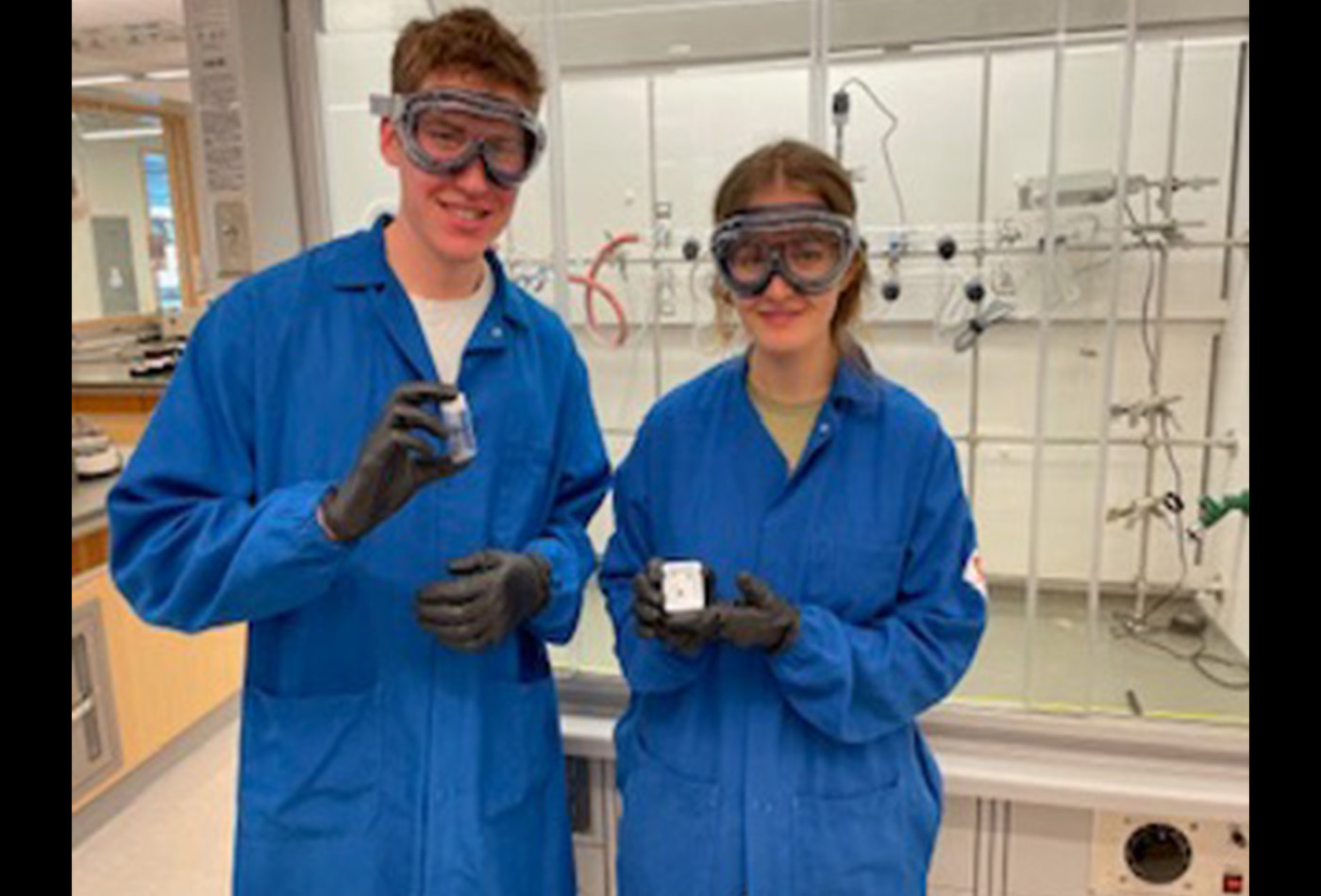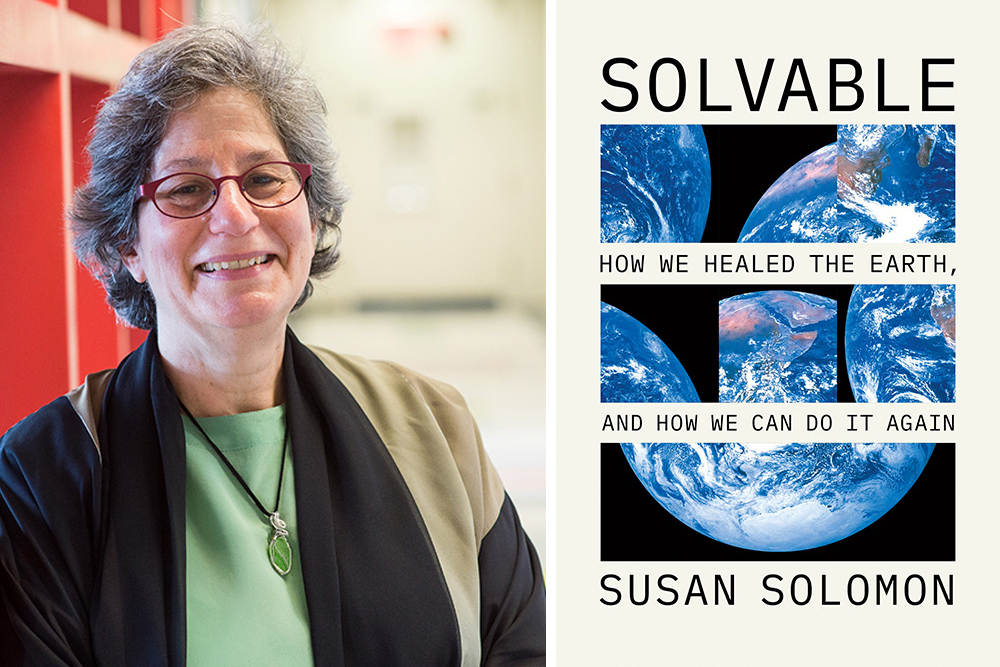Inspiring Tomorrow’s Innovators: First Year Students Make Unique Penicillins
5.301 Laboratory Chemistry Techniques provides undergraduate first year students a lab experience from theory to useful products in antibiotic synthesis.
Getting into the fascinating world of chemistry exploration, fourteen first year students signed on and completed the 5.301 course during MIT’s Independent Activity Period (IAP) 2024. This group of students learned a variety of chemistry lab techniques, culminating in the creation, and testing of several unique Penicillin derivatives on live bacteria. Their learning experience took place on the top floor of MIT.nano, inside of the Chemistry Department’s Undergraduate Teaching Laboratory (UGTL).
Under the guidance of two instructors and three dedicated teaching assistants, participants of 5.301 (Chemistry Laboratory Techniques) experienced immersive learning that spanned from early morning to early evening, Monday through Friday, over three intensive weeks. Their curriculum encompassed an offering of chemical and biochemical experiments, including extractions, recrystallizations, distillations, column chromatography, and the application of the Bradford method for protein assay.
At the end of the course, students put all their techniques into practice, immersed themselves into a three-day research project, each student synthesized a distinctive Penicillin derivative, paying homage to the groundbreaking work of MIT Organic Chemistry Professor John Sheehan. With a legacy rooted in the annals of the MIT Chemistry Department, Professor Sheehan’s contributions to Penicillin synthesis paved the way for these freshmen to explore the synthesis of new antibiotics, by acylating the 6-aminopenicillanic acid key intermediate that he synthesized in 1957.
Beyond academic enrichment, the course served as a springboard for freshmen to venture into undergraduate research opportunities (UROPs) within the Chemistry Department. One of the goals of the course was to prepare them for a UROP. The course guaranteed each freshman a UROP in the Chemistry Department as early as their Spring semester. The course ended with a luncheon that included valuable guidance on the UROP application process officiated by Professor Alex Radosevich, the UROP coordinator for chemistry. Prior to the UROP luncheon, Professor Radosevich polled the Chemistry faculty, fourteen faculty members responded, outlining projects available for the freshman. Students were now equipped with the tools for the UROP application process and engagement with faculty. This mentorship provided guidance, illuminating the path for these budding researchers.
The impact of the students learning experience are reflected in these students’ comments:
- “This course is the best thing I have done, never wasting time.”
- “Liked how engaging it was with the teaching staff, felt that I was immersed in chemistry for 3 weeks.”
- “Most I learned in three weeks since early childhood.”
- “Learning how to present our data to a group was one of the highlights of the course.”
- “This course made me want to do chemistry lab research going forward, a complete 180° from what I was planning when I came to MIT.”
The course ended, but, the legacy of learning within the confines of the Chemistry undergraduate teaching laboratories stays. The experience of these fourteen freshmen sparks a new generation of scientists ready to tackle tomorrow’s challenges. Through immersive experiences and dedicated mentorship, MIT continues to nurture the brightest minds, empowering them to shape the future of scientific discovery.









